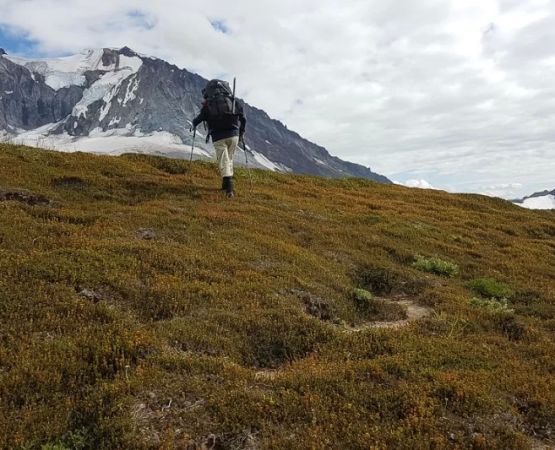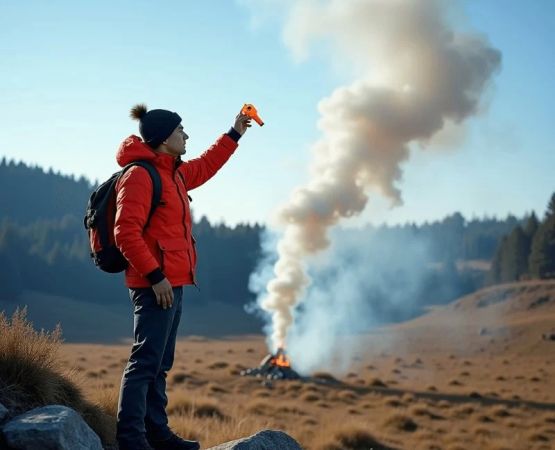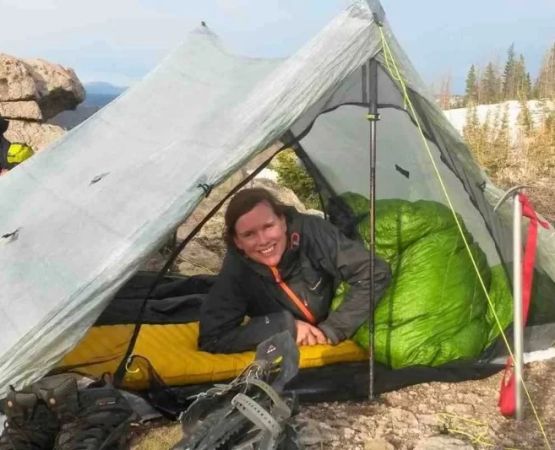- 1-Understanding-Wild-Camping-in-the-USA
- 2-Planning-and-Preparation-is-Key
- 3-Choosing-a-Safe-Campsite
- 4-Wildlife-Awareness-and-Encounter-Prevention
- 5-Essential-Safety-Gear-and-Emergency-Preparedness
- 6-Respecting-Environmental-Guidelines
1. Understanding Wild Camping in the USA
Wild camping, also known as dispersed camping, involves setting up camp outside designated campgrounds, often in remote wilderness areas. In the USA, this adventurous practice offers freedom and immersion in nature, but it also brings unique safety challenges. Unlike organized campsites, wild campers have limited access to facilities and immediate assistance, which demands greater self-reliance and preparation.
Knowing what wild camping entails and its legal aspects in various states is crucial. Some regions restrict or prohibit dispersed camping, so understanding local regulations helps avoid fines and ensures a respectful outdoor experience.
2. Planning and Preparation is Key
Successful and safe wild camping begins with thorough planning. Research your destination’s terrain, weather, and wildlife risks. Inform a trusted person about your itinerary, including expected return time. Preparing adequate supplies like food, water, navigation tools, and first aid kits can be lifesaving.
Planning also includes ensuring your fitness level matches the trip’s demands and considering how to handle emergencies in isolated locations. This preparation stage forms the foundation for a secure and enjoyable wild camping adventure.
3. Choosing a Safe Campsite
Selecting an appropriate and safe campsite is essential for wild camping safety. Avoid areas prone to flooding, unstable ground, or near animal trails. Set up camp away from cliffs and dense vegetation to reduce risks from wildlife and falling debris.
Campground location also influences comfort and safety during nighttime. Experts recommend picking elevated, flat terrain with natural windbreaks while considering easy access to water sources.
4. Wildlife Awareness and Encounter Prevention
Wildlife encounters can pose serious safety concerns during wild camping. Understanding local animal behavior, such as bears, snakes, or mountain lions, is vital. Store food securely using bear canisters or hang it away from your tent. Avoid strong fragrances that attract animals.
Learn to recognize animal signs and noises and maintain a safe distance. In case of a wildlife encounter, knowing appropriate response tactics can prevent injuries or worse.
5. Essential Safety Gear and Emergency Preparedness
Equipping yourself with the right gear enhances your wild camping safety significantly. A reliable GPS, a whistle, a multi-tool, waterproof matches, and a sturdy tent are basics. Carry a well-stocked first aid kit tailored for wilderness conditions.
Being prepared for emergencies means also having a communication plan, such as a satellite phone or personal locator beacon when cell coverage is unavailable. Practicing basic survival skills, including fire-starting and shelter building, can be invaluable.
6. Respecting Environmental Guidelines
Wild camping responsibly means minimizing your environmental impact. Follow Leave No Trace principles—pack out all trash, avoid damaging vegetation, and use existing fire rings if fires are permitted. This preserves natural habitats for future visitors and wildlife alike.
Understanding and respecting these guidelines not only ensures environmental conservation but also promotes safety by reducing hazards like uncontrolled wildfires.
Final Thoughts and Recommendations
Wild camping offers an unparalleled connection to nature but requires respect, preparation, and caution to ensure safety. By understanding legalities, planning meticulously, choosing safe sites, being wildlife-aware, carrying essential gear, and protecting the environment, you create a rewarding and secure experience.
For gear, expert advice, and travel planning resources to support your wild camping adventures in the USA, consider exploring Pine Cliff Resort’s offerings. Their trusted expertise can help you prepare and enjoy the wilderness safely and responsibly.






